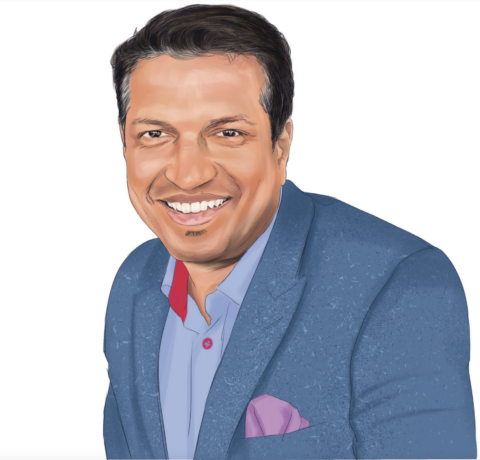PALLAV NADHANI
If you know that you will be acquired, right from day one, whatever is happening in the company should be in one central data store. Every board meeting, every MOM—minute of meeting—every tax return, every single document that goes from the government and comes from the government, everything will be in that store. Second, in terms of data and processes, keep all data centralized—customer contracts, customer orders, and invoices, everything related to bank reconciliations, and other bank documents. This includes all such “useless” information—where the transaction is done, the money has come, and now all of it is history after the tax audit happens and returns are filed. Third, if you are an open-source company, keep your licensing structure very, very clear. When the buyer is looking at purchasing, he will be thinking about how fast can I execute the deal, how fast can I learn, how soon can I pass it to my sales team and add value. If the buyer sees that the internal processes for all the functions are good, especially American companies and we are mostly dealing with American or German companies, that is something they want because they feel at ease that they don’t need to put much thought into it, they can simply buy it, modify it and run it.
VINOD MUTHUKRISHNAN
- Have multiple bidders; hence pressure on acquirer to close.
- The belief that the founder/team will be assertive in value to the acquirer beyond the tech and customers.
- An honest and transparent process every step along the way.
CONTINUE TO RUN YOUR BUSINESS AS USUAL. GROW, CLOSE DEALS, AND FOCUS ON CUSTOMER SERVICE. ANY UNEXPECTED BLIPS CAN IMPACT M&A.
— VINOD MUTHUKRISHNAN

BHANU CHOPRA
When I look at a lot of people, and how they acquire, I don’t get it, because it feels like more of an art like you said, beauty is in the eyes of the beholder kind of philosophy, we don’t necessarily follow that. We are very, very scientific and logical about the process. The way we construct what we are willing to pay is we have set up some IRR thresholds that we need to achieve. We look at our payback period, so if you will invest x amount, what is the payback, what does our IRR look like, does it meet our IRR threshold, and to arrive at that, we basically model out, usually like a three-year projection. What does this asset look like in our hands? Are there definitely going to be cost synergies there?
WE ARE VERY, VERY SCIENTIFIC AND LOGICAL ABOUT THE PROCESS. THE WAY WE CONSTRUCT WHAT WE ARE WILLING TO PAY IS WE HAVE SET UP SOME IRR THRESHOLDS THAT WE NEED TO ACHIEVE. WE LOOK AT OUR PAYBACK PERIOD, SO IF YOU WILL INVEST X AMOUNT, WHAT IS THE PAYBACK, WHAT DOES OUR IRR LOOK LIKE, DOES IT MEET OUR IRR THRESHOLD, AND TO ARRIVE AT THAT, WE BASICALLY MODEL OUT, USUALLY LIKE A THREE-YEAR PROJECTION. WHAT DOES THIS ASSET LOOK LIKE IN OUR HANDS? ARE THERE DEFINITELY GOING TO BE COST SYNERGIES THERE?
– BHANU CHOPRA


















